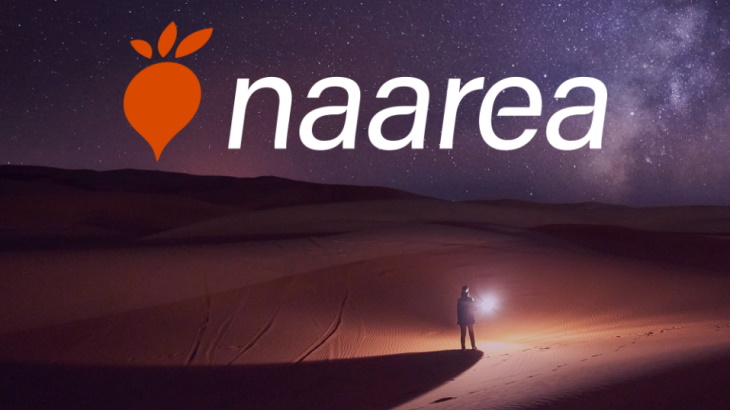New French micro-reactor developer Naarea is working on designs for an ultra-compact small modular reactor they call the eXtra Small Modular Reactor (XSMR). Dassault Systèmes is going to supply Naarea with a cloud-based platform on which to virtually design the 1-to-40-megawatt molten salt reactor. Naarea says that the first units of XSMR will be produced by 2030.
Naarea has also signed a cooperative agreement with French engineering group Assystem. Under this agreement, Assystem will supply Naarea with “its historical experience in the nuclear sector as well as its expertise in digital engineering aimed at better controlling the complexity of projects through the management and use of industrial data.”
Assystem will create a computer simulation of the XSMR in order to study the behavior of the design. This digital twin will allow rapid convergences towards the optimal design, provide critical elements for validating the design and enable the rapid launch of the construction of the physical prototype. Assystem will also draw on its knowledge of highly regulated environments to support Naarea for the development of this new technology in compliance within the established nuclear framework.
Naarea was formally created on the 29th of November by co-founder Jean-Luc Alexandre and Ivan Gavriloff to develop and promote the XSMR design. Naarea says that it has already benefited from the support of private shareholders. This will be completed soon by a fundraiser which is being finalized.
Naarea says that is ultra-compact molten sale reactor utilizes “the untapped potential of used radioactive materials, and thorium, unused mining waste. The current stocks of these two wastes will supply the energy needs of humanity for thousands of years and reconcile humanity with its future.”
After the completion of the development of its XSMR, Naarea intends to target applications in areas such as transportation, agriculture and smart buildings. The company says that there is no need for the XSMR to be grid-connected because of its compact size. The XSMR can “be deployed as close as possible to regions, to match energy demand as closely as possible and allow the control of security of supply, at the service of industries and communities.”
Alexandre said, “The agreement we are signing with Assystem today is the concrete realization of a collaboration that has been underway for several months and is already bearing fruit. It is a fundamental step in the progress of the Naarea project, alongside a reference player who supports and adheres to our desire to participate in the sustainable transformation of our societies by mobilizing consciences around this equitable ideal.”
Alexandre went on to say, “The agreement we are signing with Assystem today is the concrete realization of a collaboration that has been underway for several months and is already bearing fruit. It is a fundamental step in the progress of the Naarea project, alongside a reference player who supports and adheres to our desire to participate in the sustainable transformation of our societies by mobilizing consciences around this equitable ideal.”
Stéphane Aubarbier is the COO of Assystem said, “We are delighted to formalize our commitment to Naarea and to support this innovative and disruptive project. Assystem’s mission is to develop decarbonized sources of electricity production throughout the world to combat climate change. As such, advanced modular reactors represent an additional technology alongside high-power reactors, SMRs and renewable energies to accelerate the energy transition. We are proud to provide Naarea with our nuclear and digital expertise to support its growth.”
Dassault Systèmes announced yesterday that Naarea will utilize its 3DEXPERIENCE platform on the cloud to virtually design the new Naarea reactor. Dassault Systèmes said, “In this unified virtual environment, Naarea can collaborate to design the reactor’s system, simulate its operation, and validate it with end-to-end traceability and design quality. As the platform is based on the cloud, Naarea could access the virtual twin from anywhere at any time and increase the number of users as needed.”
Nuclear Reactors 975 – Naarea Designing Molten Salt eXtra Small Modular Reactor

